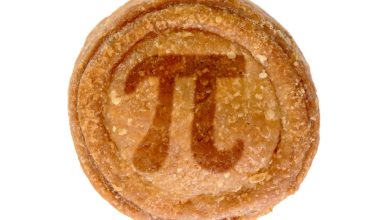
Python sets are a powerful data structure that can be used to store unique elements. They are mutable, unordered collections of distinct objects, and can be incredibly useful in many programming scenarios. However, there are some common mistakes that developers often make when working with sets in Python. In this article, we will discuss some of these mistakes and how to avoid them.
1. Mixing up sets and lists:
One common mistake that developers make is mixing up sets and lists. While both sets and lists are collections of elements, they have different properties and use cases. Sets are unordered and do not allow duplicate elements, while lists are ordered and can contain duplicate elements. It is important to understand the differences between sets and lists and use them appropriately in your code.
2. Mutating a set while iterating over it:
Another common mistake is mutating a set while iterating over it. This can lead to unexpected behavior and errors in your code. If you need to modify a set while iterating over it, it is recommended to create a copy of the set and iterate over the copy instead. This way, you can avoid modifying the original set and prevent any unintended consequences.
3. Using the wrong set operation:
Python sets support various set operations such as union, intersection, difference, and symmetric difference. It is important to use the correct set operation for your specific use case. For example, if you want to combine two sets and remove any duplicate elements, you should use the union operation. Using the wrong set operation can lead to incorrect results and unexpected behavior in your code.
4. Not using set comprehension:
Set comprehension is a powerful feature in Python that allows you to create sets using a concise and readable syntax. It is similar to list comprehension but creates a set instead of a list. Not using set comprehension can make your code less efficient and harder to read. It is recommended to use set comprehension whenever possible to create sets in a more concise and efficient way.
5. Forgetting to check for membership:
Another common mistake is forgetting to check for membership in a set before performing set operations. It is important to check whether an element is present in a set before trying to perform operations such as removing or updating the element. This can help prevent errors and ensure that your code behaves as expected.
In conclusion, Python sets are a powerful data structure that can be incredibly useful in many programming scenarios. However, it is important to be aware of common mistakes when working with sets and how to avoid them. By understanding the properties of sets, using the correct set operations, and being mindful of mutability and membership checks, you can write more efficient and error-free code when using Python sets.






